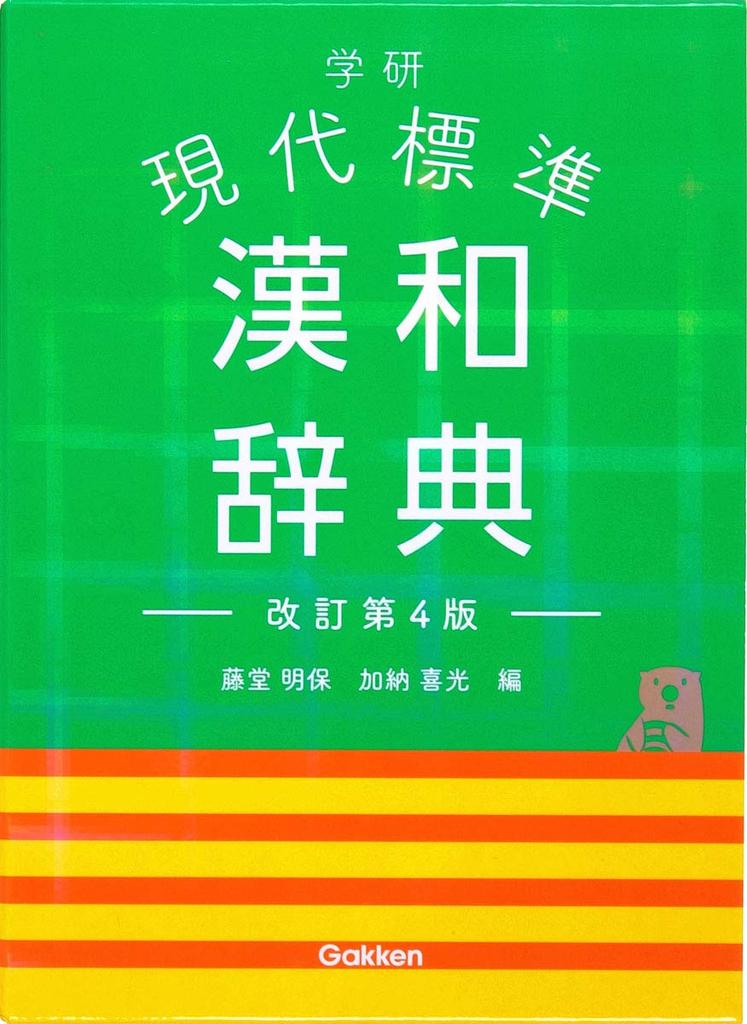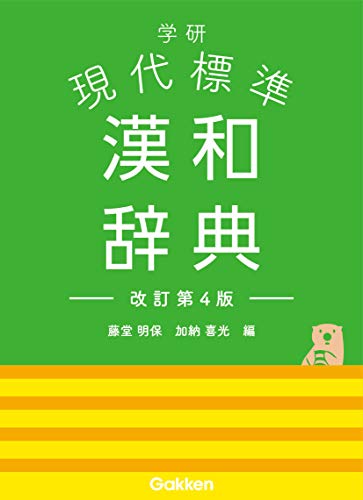★This dictionary is easy to read, understand, and use.
★The kanji and vocabulary included make it perfect for junior high school students.
★The character is a sea otter, and the case is decorated with a sparkling hologram. It's sure to look great on Instagram.
This kanji-Japanese dictionary addresses the new curriculum guidelines for "thinking, judgment, and expression," improving kanji and vocabulary skills and honing expression. It's designed for junior high school students. It can be used from junior high school entrance exams through high school entrance exams.
Four Key Features!
1. Improves kanji ability
2. Improves vocabulary and expression
3. Compatible with junior high school students
4. Easy-to-use index
1. Kanji ability
(1) Compatible with the 20 new educational kanji taught in elementary school and changes to grade assignments. ▶Safe and secure to use.
(2) For common kanji, the on-yomi (reading)/kun-yomi (reading) symbols are displayed for those that are designated for learning in elementary, junior high, and high school. ▶It's clear at a glance when and what you need to memorize.
(3) Contains 7,556 kanji and 25,000 compound words. ▶ Ensures sufficient quality.
(4) Stroke order is displayed for all kanji learned in elementary school. ▶ Strokes can be written without hesitation.
(5) The origins of kanji are explained in six ways, including pictographic, indicative, compound, and phono-semantic, with sharp explanations. ▶ Interesting and easy to understand.
2 Vocabulary and Expression Skills
(6) Among the kanji meanings and compound word usage examples, [Word] marks are displayed for four-character idioms, historical allusions, proverbs, idiomatic phrases, collocations, set phrases, and idiomatic expressions. ▶ Useful for writing.
(7) Usage is based on the Agency for Cultural Affairs' report on "Examples of Different Characters with the Same Reading." ▶ You can decide how to use the kanji.
(8) The headings of compound words are marked with the [Four-Character Idiom] and [Historical Allusion] logos, which can be looked up in the index. ▶ Useful for research study.
3. Suitable for junior high school learning
(9) The main columns on classical Chinese and Chinese poetry include plain text, kunten (Japanese notation), written Japanese, and modern Japanese translations. Each Chinese poem includes an appreciation section and author introduction. ▶Easy to approach classical Chinese study.
(10) The last page includes "How to Use a Research Book" (Japanese dictionary, Kanji dictionary, archaic Japanese dictionary, other dictionaries, encyclopedias, and illustrated books). ▶Easy to understand how to look things up.
4. Index and "Opinion Poll"
(10) The index is user-friendly and easy to use.
- The on-kun (Japanese reading) index has a list of the Japanese syllabary on the side of the page. ▶You can see where you are.
- The total stroke index has a list of the total number of strokes on the side of the page. ▶You can see where you are.
- Also includes: ▶Radical index, Kanji numerals (column) index, usage (column) index, four-character idiom index, historical idiom index, classical Chinese and written Japanese (column) index, and classical Chinese and written Japanese (column) index.
(11) Contains the results of the Agency for Cultural Affairs' "Public Opinion Survey on the National Language." You can check the current state of language in Japan along with numerical data. ▶ Use the language with confidence.
The main target audience is junior high school students, but adults can also use it with ease.






























